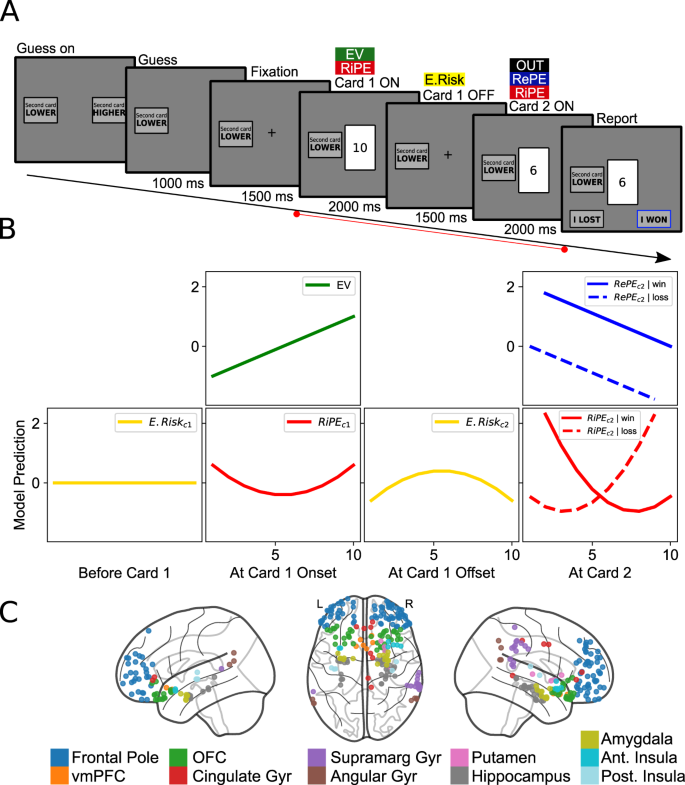2024-03-20 リンショーピング大学
<関連情報>
- https://liu.se/en/news-item/ai-based-app-can-help-physicians-find-skin-melanoma
- https://academic.oup.com/bjd/advance-article/doi/10.1093/bjd/ljae021/7564904
プライマリ・ケアにおける皮膚黒色腫発見のための人工知能ベースの意思決定支援の評価:前向き実臨床試験 Evaluation of an artificial intelligence-based decision support for the detection of cutaneous melanoma in primary care: a prospective real-life clinical trial
Panagiotis Papachristou, My Söderholm, Jon Pallon, Marina Taloyan, Sam Polesie, John Paoli, Chris D Anderson, Magnus Falk
British Journal of Dermatology Published:17 January 2024
DOI:https://doi.org/10.1093/bjd/ljae021

Abstract
Background
Use of artificial intelligence (AI), or machine learning, to assess dermoscopic images of skin lesions to detect melanoma has, in several retrospective studies, shown high levels of diagnostic accuracy on par with – or even outperforming – experienced dermatologists. However, the enthusiasm around these algorithms has not yet been matched by prospective clinical trials performed in authentic clinical settings. In several European countries, including Sweden, the initial clinical assessment of suspected skin cancer is principally conducted in the primary healthcare setting by primary care physicians, with or without access to teledermoscopic support from dermatology clinics.
Objectives
To determine the diagnostic performance of an AI-based clinical decision support tool for cutaneous melanoma detection, operated by a smartphone application (app), when used prospectively by primary care physicians to assess skin lesions of concern due to some degree of melanoma suspicion.
Methods
This prospective multicentre clinical trial was conducted at 36 primary care centres in Sweden. Physicians used the smartphone app on skin lesions of concern by photographing them dermoscopically, which resulted in a dichotomous decision support text regarding evidence for melanoma. Regardless of the app outcome, all lesions underwent standard diagnostic procedures (surgical excision or referral to a dermatologist). After investigations were complete, lesion diagnoses were collected from the patients’ medical records and compared with the app’s outcome and other lesion data.
Results
In total, 253 lesions of concern in 228 patients were included, of which 21 proved to be melanomas, with 11 thin invasive melanomas and 10 melanomas in situ. The app’s accuracy in identifying melanomas was reflected in an area under the receiver operating characteristic (AUROC) curve of 0.960 [95% confidence interval (CI) 0.928–0.980], corresponding to a maximum sensitivity and specificity of 95.2% and 84.5%, respectively. For invasive melanomas alone, the AUROC was 0.988 (95% CI 0.965–0.997), corresponding to a maximum sensitivity and specificity of 100% and 92.6%, respectively.
Conclusions
The clinical decision support tool evaluated in this investigation showed high diagnostic accuracy when used prospectively in primary care patients, which could add significant clinical value for primary care physicians assessing skin lesions for melanoma.


